Plant description
Earning its name from vibrant green and yellow streaked leaves resembling the Brazilian flag, the Philodendron Brasil is a popular variegated cultivar of the Heartleaf Philodendron (Philodendron hederaceum). This resilient tropical plant is loved for its lush, colorful foliage and abundant growth. And it’s super easy to care for! The Philodendron Brasil is commonly used in hanging baskets or as a tabletop plant.
With heart-shaped leaves, creamy-pink stems, and abstract variegation patterns, this species of Philodendron can grow up to 20 feet. Philodendron Brasil is typically variegated with strokes of yellow and light green, though neon shades are not uncommon.
The Philodendron Brasil is part of the Araceae family, and is native to tropical and subtropical climates across Central America and the Caribbean. These plants share characteristic trailing vines and abundant foliage with Pothos, also in the Araceae family.
Philodendron brasil plant facts
| common name | Variegated Heart Leaf Philodendron, Philodendron Scanden |
| botanical name | Philodendron hederaceum ‘Brasil’ |
| no. of varieties | 1 |
| family | Araceae |
| biological life cycle | perennial |
| foliage | evergreen |
| mature size | 10-20 feet long |
| time to maturity | 15-16 years |
| origin | Central American and the Caribbean |
| light conditions | bright, indirect light |
| soil type | well-draining and rich potting soil |
| soil pH | slightly acidic |
| USDA Zone | 11-12 |
| toxicity | toxic to people and pets |
How to take care of a philodendron brasil
Philodendron brasil light requirements 🔆
Best light: bright, indirect light
Although the Philodendron Brasil can tolerate a variety of light conditions, it should be placed in a bright light location to encourage variegation. While they do enjoy plenty of light, it’s best to avoid placing Philodendron Brasil in direct light as this can cause leaf burn.
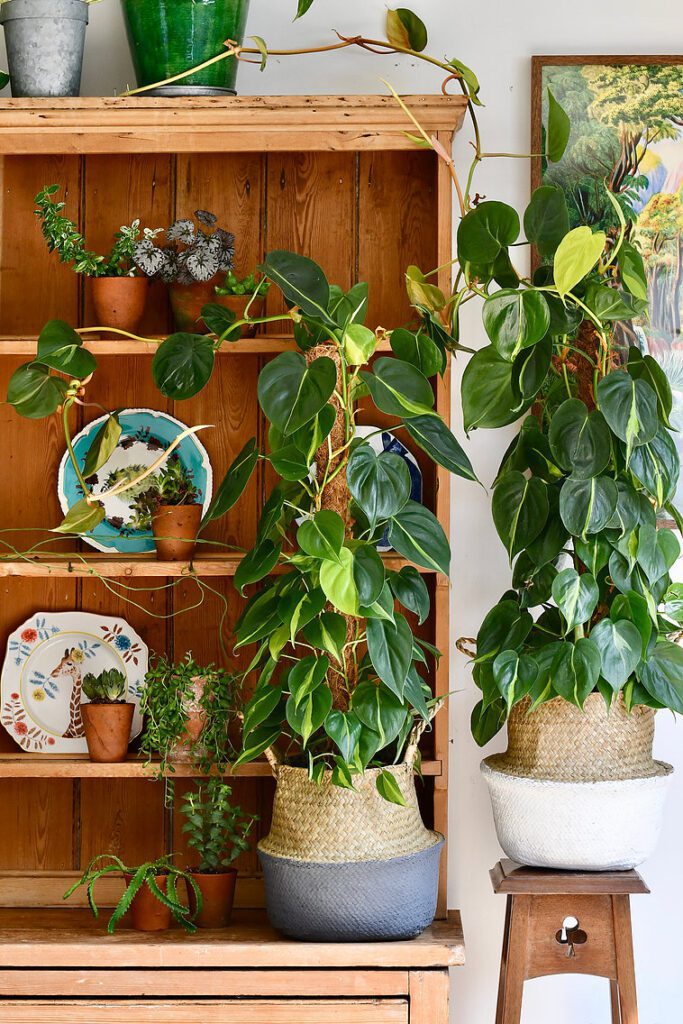
Philodendron brasil watering requirements 💧
Water requirements: moist, not soggy soil; water when top layer of soil is dry
Philodendron Brasil prefers to be watered when the top 1-2 inches of soil dries out. Water until it starts flowing from the drainage holes, then drain excess from the plant dish. Philodendron plants dislike sitting in wet soil, so ensure that soil is moist but not soggy.
Humidity 🌫️
As a tropical plant, the Philodendron Brasil enjoys a high humidity environment. Although they can tolerate lower humidity levels, high humidity encourages more growth and larger foliage. To increase humidity in the air, mist the plant regularly, place a pebble tray with water nearby the pot, or invest in a humidifier and place it near your Philodendron Brasil.
Temperature 🌡️
The Philodendron Brasil prefers temperatures between 65°F (18°C) to 80°F (27°C). Avoid temperatures below 59°F (15°C) and place this plant away from draft.
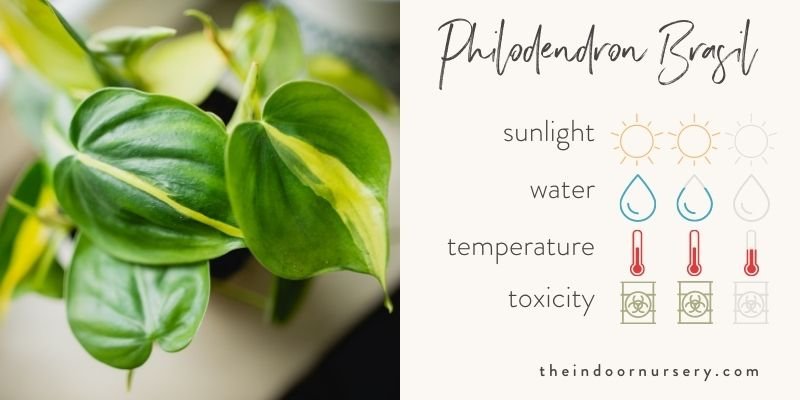
Fertilizer 💩
Fertilizer preferences: Philodendron plants are naturally heavy feeders
The Philodendron Brasil can be fertilized with a liquid fertilizer once or twice a month in the spring and summer. Fertilizer encourages abundant foliage growth and provides rich nutrients to maintain the vibrant variegation the plant is known for. Slow down the fertilizing during winter months to let the plant recharge.
Philodendron brasil soil requirements
Soil type: well-draining and rich potting soil
pH level: slightly acidic
Philodendron Brasil plants need a rich, moisture-retentive and well-draining potting mix. Mix perlite and peat moss (sphagnum moss) into a standard potting mix for the best results. A well-draining soil and pot are important to help your Philodendron thrive.
Add a layer of compost to the topsoil once per growing season for additional richness. Philodendron Brasil prefers a slightly acidic soil.
Repotting
Re-pot the Philodendron Brasil as needed. As a fast-growing houseplant, this might mean repotting every growing season to free up space for root growth and nutrient-rich soil. Philodendron roots often peek out of drainage holes when the plant has outgrown its pot, so watch for this telltale sign that your plant needs a new home!
Select a new pot that’s about 2-3 inches larger than the previous pot in diameter. This will allow more space for root growth while preventing shock from too much space. Repot your Philodendron Brasil with fresh, well-draining soil, then water thoroughly and place in a bright light location.
THE CHONK. Chunky Soil-Less Potting Medium
This premium plant mix, carefully hand-mixed with wood bark, pumice, and Sphagnum peat moss promotes healthy root growth and prevents root rot. Perfect for all indoor plants, this small batch mix is designed to increase air access, avoid common soil issues, and can be used in soil or semi-hydro setups.
Philodendron brasil propagation🌱
It’s super easy to propagate Philodendrons by taking cuttings because it roots quickly.
Cut a 6-inch section of stem including a couple of leaves from just above an existing node on the mother plant, then follow the instruction for planting in soil or water, as you prefer:
Propagating philodendron brasil in soil
- Place your cutting about 1-inch deep in a small pot liner filled with fine soil
- Wrap your cutting in a plastic bag to create a greenhouse environment with warmer temperatures and higher humidity
- Remove the bag for a few hours daily to promote air circulation and avoid mold growth in the soil, and water consistently to keep the soil moist
- Roots should take hold in about 4 weeks. At that point, remove the bag and repot your gorgeous new Philodendron Brasil in a slightly larger home!
Propagating philodendron brasil in water
This method is a fun alternative to growing in soil because you can actually see the roots in your baby plant growing. So cool!!
- Simply place your cutting in water after removing it from the mother plant
- Ensure that the bottom 1-2 inches of the stem are stripped of leaves
- Change the water for your cutting frequently, whenever it appears cloudy or begins to smell
- Once roots have grown about 2 inches long, transplant your cutting into a pot with fresh soil
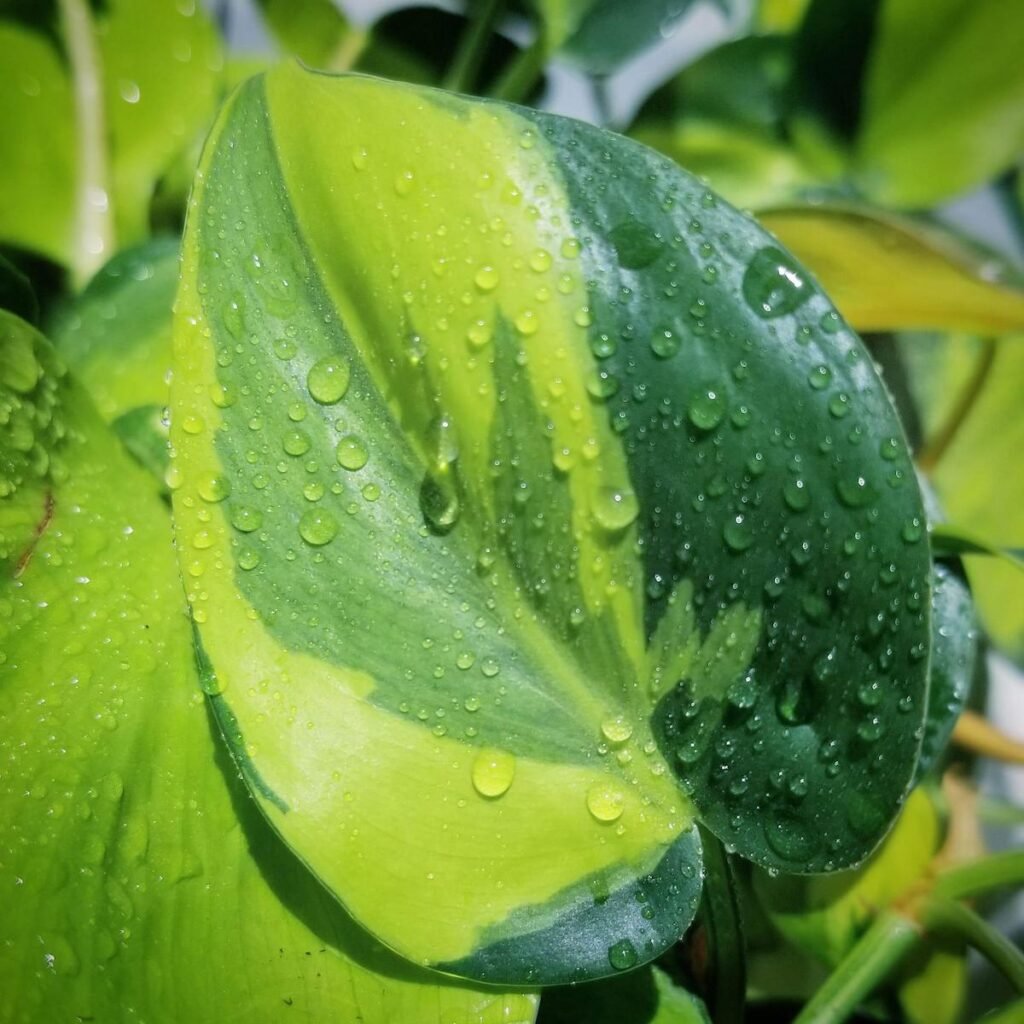
Pruning 🌿
Pruning your Philodendron Brasil is not just about aesthetics; it’s about mimicking its natural environment. In the wild, these plants often face broken branches or nibbling by animals, which encourages new growth and branching. To replicate this, prune your plant during its active growing season, typically spring or early summer. Use sharp, sterilized scissors to cut just above a leaf node, which will encourage the plant to branch out from that point.
Pests and diseases 🐛
Common pests: spider mites, mealybug, aphids
Philodendron Brasil, like many indoor plants, can be susceptible to pests such as spider mites, aphids, and mealybugs. These pests tend to appear when the plant is stressed, often due to overwatering or insufficient light. To prevent them, ensure your plant has proper drainage and is placed in bright, indirect light. If you notice any pests, wipe the leaves with a mixture of water and a few drops of mild dish soap. For more severe infestations, consider using neem oil or insecticidal soap, ensuring to follow the application instructions.
Philodendron brasil care tips
- Philodendron Brasil, like many climbing plants, will produce aerial roots as they grow. These roots are looking for something to attach to. If you want to encourage vertical growth, guide these aerial roots towards a moss pole or another support. This not only supports the plant but also allows it to absorb moisture from the air, mimicking its natural rainforest habitat.
- While Philodendron Brasil can tolerate average home humidity, they truly thrive in higher humidity environments. Consider placing your plant in a room with a humidifier or placing it on a tray filled with water and pebbles. The water will evaporate, increasing the humidity around the plant without the roots sitting in standing water.
- Over time, dust can accumulate on the leaves, blocking essential light and reducing the plant’s ability to photosynthesize efficiently. Use a soft, damp cloth to gently wipe the leaves every few weeks. This not only keeps the plant looking its best but also promotes better health and growth.
Common philodendron brasil care questions
How often should I water my Philodendron Brasil?
It’s best to water when the top 1-2 inches of soil feels dry. Overwatering can lead to root rot, so it’s essential to let the soil dry out between waterings.
Can Philodendron Brasil tolerate low light?
While they can survive in low light conditions, they thrive in bright, indirect light. Too little light can slow their growth and fade their vibrant variegation.
Why are the leaves on my Philodendron Brasil turning yellow?
Yellow leaves can be a sign of overwatering. Ensure the pot has proper drainage and adjust your watering schedule.
Is Philodendron Brasil toxic to pets?
Yes, they contain calcium oxalate crystals, which can be harmful if ingested by pets. It’s best to keep them out of reach.
How can I promote faster growth in my Philodendron Brasil?
Providing ample indirect light, maintaining a consistent watering routine, and occasional fertilization during the growing season can boost its growth rate.
More about philodendrons
- 13 Different Types of Philodendron Plants For Jungle Vibes
- Philodendron Brasil Care Guide
- Split Leaf Philodendron Care Guide
- Growing Philodendron Micans Care Guide
- How to Propagate a Split-Leaf Philodendron: Easy Step-by-Step Guide
- Growing pink princess philodendron: How to grow them and keep them happy
- How to care for a philodendron (for beginners): An expert reveals secrets

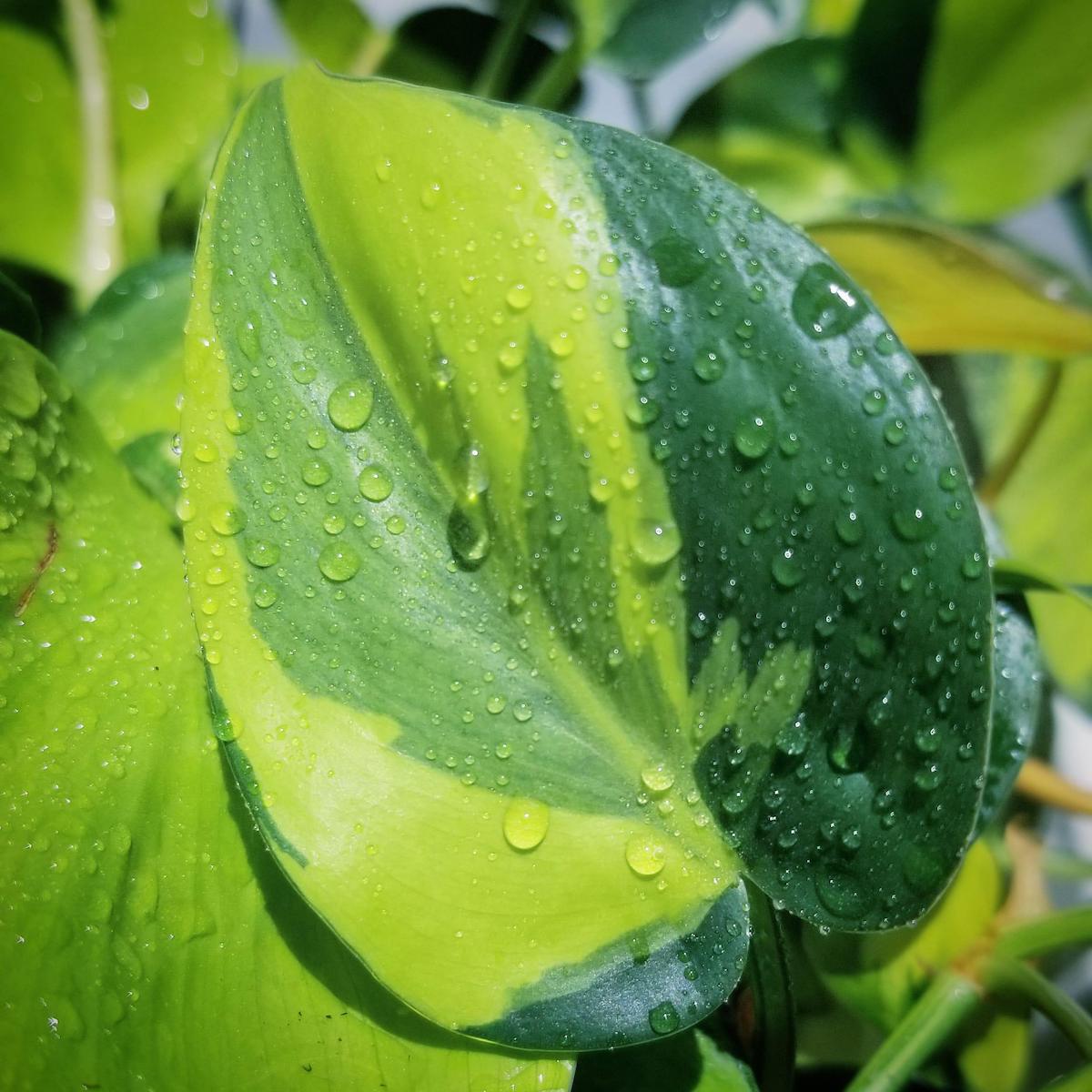
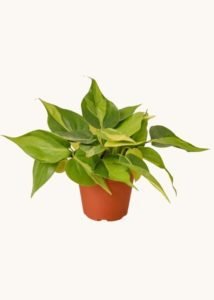


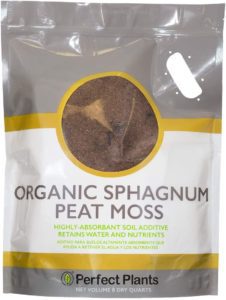
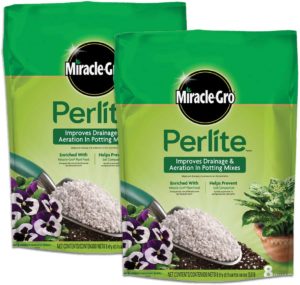
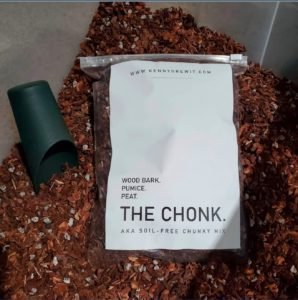
Hey, Marcia! Thanks for reading :) gosh, that's a great idea to double up on your watering globe and spike.…